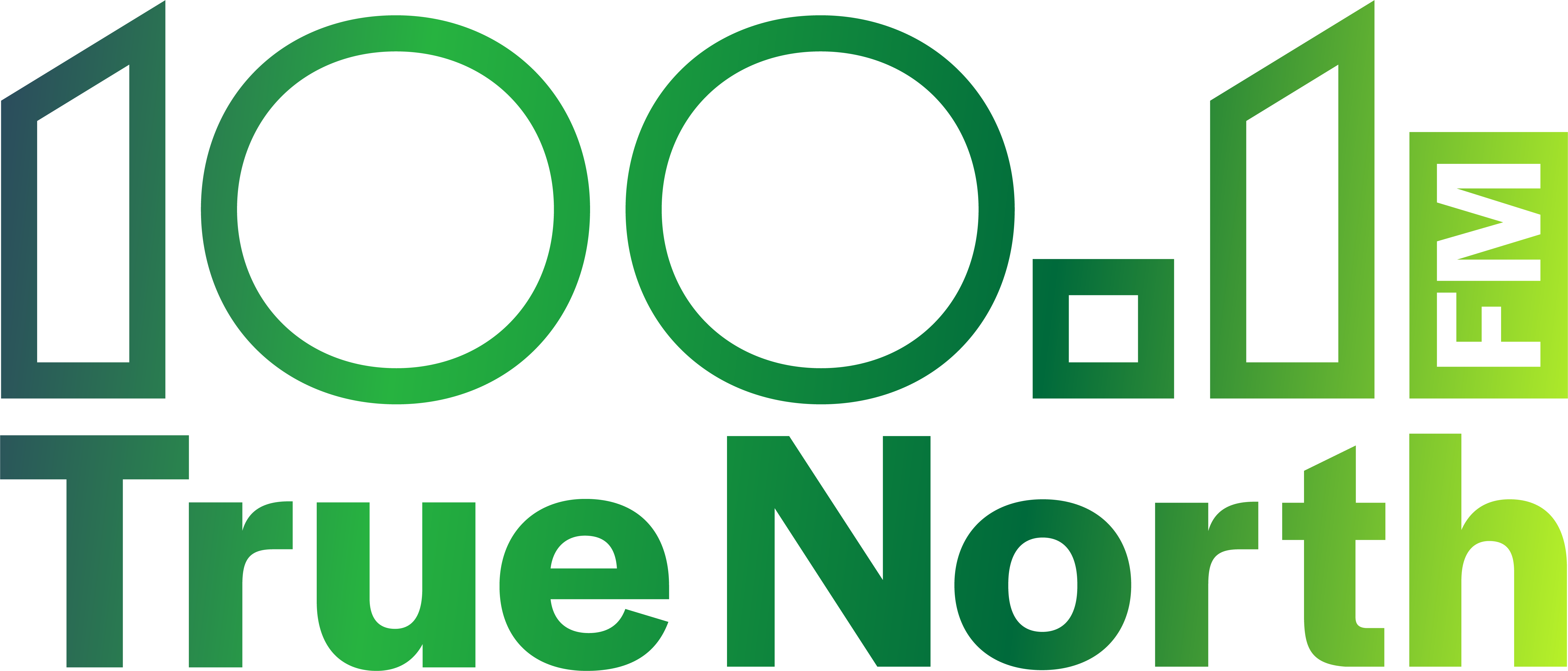Julia Haogak Ogina, a translator and teacher of Inuit languages from the territories, is being honoured for her work with a special commemorative stamp from Canada Post. Ogina’s stamp will be unveiled this week in a momentous celebration in her hometown of Ulukhaktok.
Ogina told True North FM that she was “surprised” and “honoured, at the same time” upon hearing news that a special commemorative stamp was being issued to celebrate her and her achievements.
Ogina is well known for her work in creating language programs and advancing oral knowledge sharing.
For decades, Ogina has helped lead the development of a regional language framework and programs that cultivate oral learning and knowledge sharing. Ogina is known for her work in Inuit language programs and promoting oral knowledge transfer.
Ogina’s work has earned her a number of major awards, including the Outstanding Achievement in Language Revitalization award in 2017 and the Meritorious Service Medal in 2020.
Language revitalization is a mission that Ogina strives for every day in everything she does.
“Working in the field and just getting the word out that we need to pay attention to what we’re doing as Inuit. We need to start working within our families and start using the language where we can, especially in homes and in our programs that we deliver,” urged Ogina.
There are many ways to begin to learn Inuit language, how people approach learning is guided by their experience with the language, explained Ogina.
“It depends on what level of language they are at. Assessing language, how much language they use and what they understand, and beginning with that,” she said.
Language learning happens in various cycles. Language learners move through those cycles as a community of language learners, which propels knowledge transfer.
“We have the older population, the knowledge holders, that’s the maintenance group where they’ve continued to use the language and use their knowledge and repopulating that, maintaining that population. We have new instructors, always learning, that’s a target area. And, language exposure, where we have individuals who don’t understand the language that they hear in the language programs but aren’t expected to be speaking the language after the programs are done, we call that the language exposure program,” said Ogina.
“Then we have oral language learners, where we have individuals that want to learn to speak and are dedicated to using the language, whether they are struggling or not, but being encouraged in programs through hands-on programs and hands-on activities, or on the land, whatever we can, however we can embed language in the programs and that’s an expectation. They come in expecting to use the language,” she added.
Music and language are closely connected in Inuit traditions and culture.
“It’s the oldest form of documentation of language and stories of our ancestors. So the songs that we sing, the drum dance songs that we sing today, are ancient songs. We don’t know how old they are. They are a window to a lifestyle that our ancestors lived in all the different seasons on the land, on the ocean, around the coast, Inland, at the rivers, at the lakes,” said Ogina.
Ogina explained she grew up around a family of singers and storytellers and that’s how she learned Inuit languages.
“Language was always around us, it was natural. Drum dance in our family, in our homes, when people visited, the singing would take place and sharing of stories. My grandmother, my great-grandmother were natural songwriters. My grandmother, my mom’s mum, she would just on a whim, just start singing songs that she would create if she felt the need to start creating a song, that urge to create a song,” explained Ogina.
Inuit language is closely connected to the land and the living natural world, explained Ogina.
“We’re land people. Animals have always provided our clothing, our food, our heat, our light, our tools that help individuals get through life and all that comes from following the ways of the animals and the land and in the ocean. That’s how we’re connected to the land is through the animals and their movements.
On the pathway towards strengthening and revitalizing languages, Ogina explains she envisions the direction of knowledge gravitating towards the new generation, who are dynamic forces of nature.
“A new generation, generations are always changing, we don’t live forever, so our maintenance group, is a group that we try to enhance, keep enhanced with new instructor training. So, the trainer programs are happening more where we’re teaching the next generation of knowledge holders with the knowledge of the seal, how to process a seal, how to hunt the seal, how to process a seal skin, how to process the meat, how to use make use of the skins for clothing, or for tools, or for baits. Same thing with the caribou, the fish, polar bear., the migratory birds,” she explained.
Multi-media language resources are an important way to help youth engage with Inuit languages, said Ogina.
“They’re needed, you see how our young children are so focused with technology today. And that’s what we as parents and grandparents give our children today. We put the TV on and there’s cartoons, there’s games that we give them to play and if we could give them that, then we can be providing that in our language, in our culture, as best as we can, images of who we are in those platforms,” urged Ogina.





